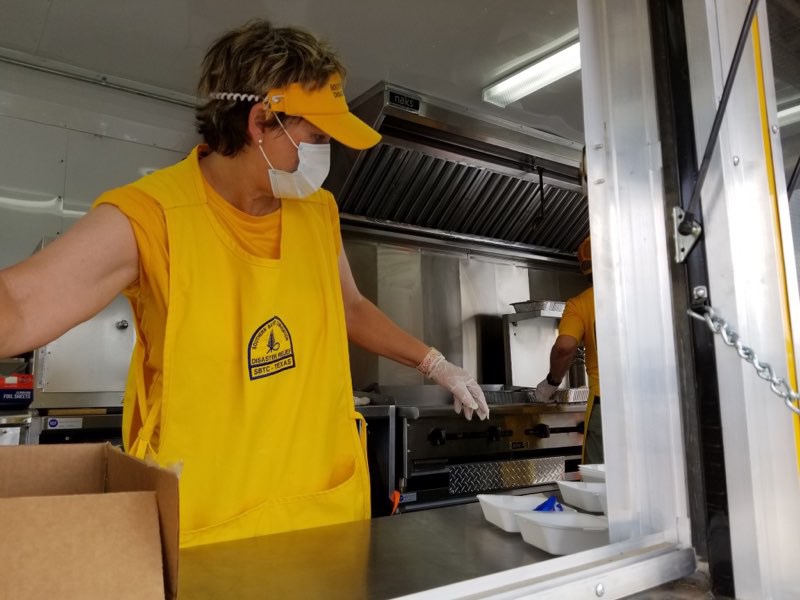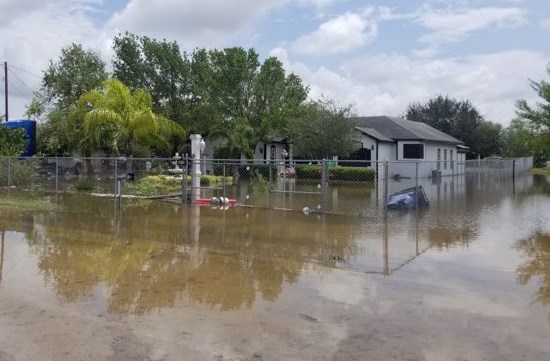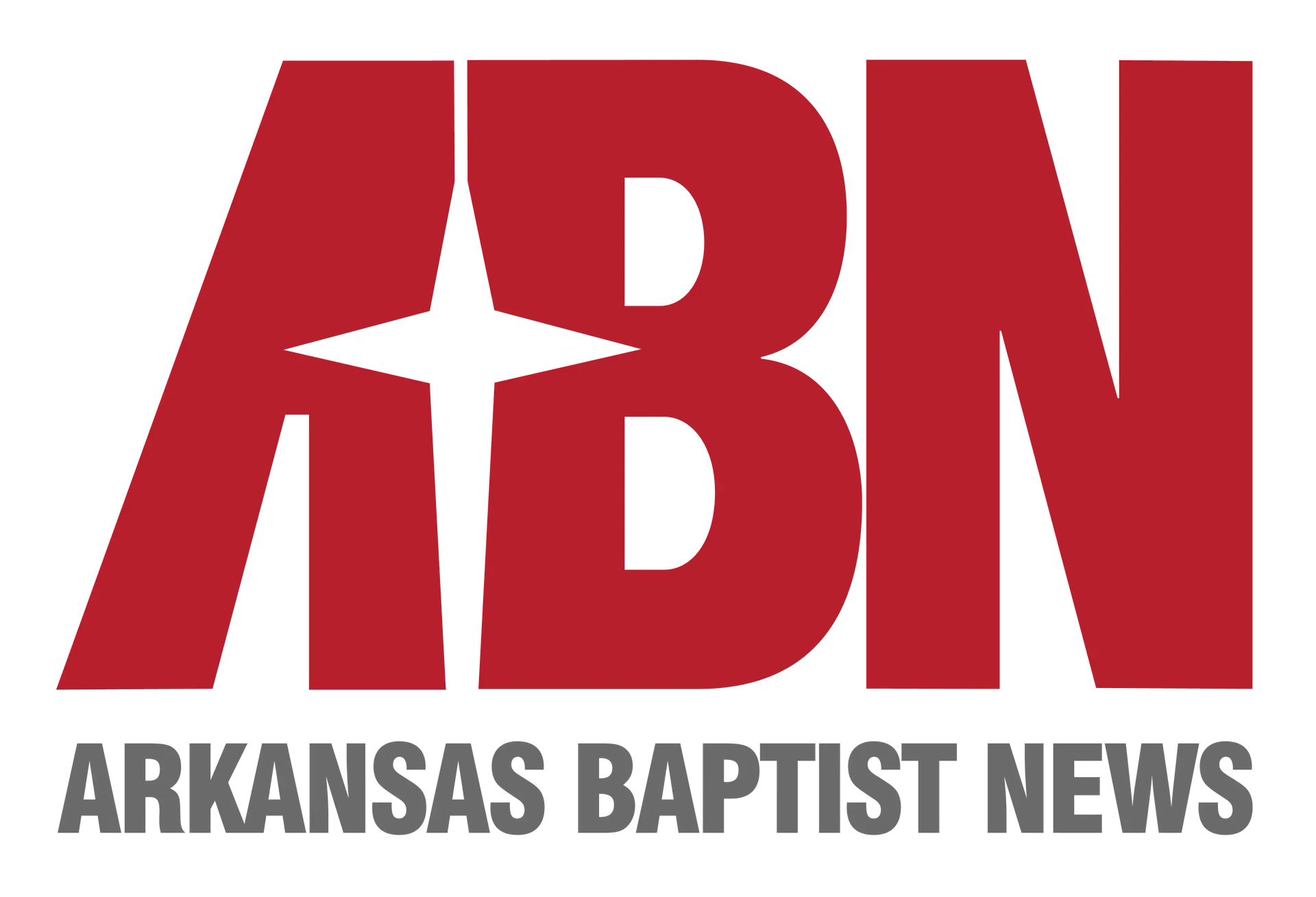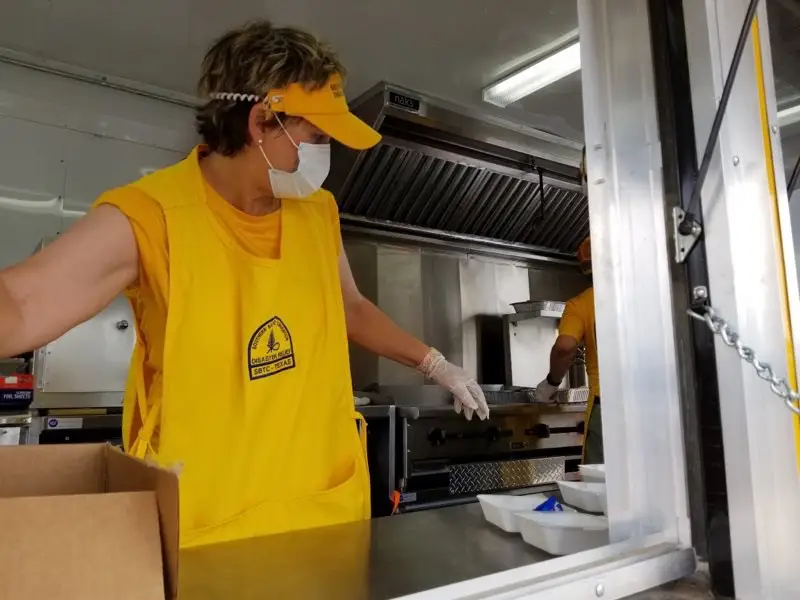[BAPTIST PRESS] EDITOR’S NOTE: This story has been updated with additional comments from Texas Baptist Men Disaster Relief Director Dwain Carter .
DEEP SOUTH TEXAS (BP) — Disaster relief volunteers are responding to flooding and power outages in the wake of Hurricane Hanna, which dumped up to 16 inches of rain in deep south Texas after it struck the area Saturday (July 25).

No deaths have been reported in Texas, but FOX News reported Tuesday that at least two people in Mexico were killed amid flooding from torrential rains as the category 1 hurricane was downgraded to a tropical storm and continued south.
The Southern Baptists of Texas Convention (SBTC) began deploying feeding units as early as Sunday in the Rio Grande Valley. Both the SBTC and Texas Baptist Men, an auxiliary of the Baptist General Convention of Texas (BGCT), are readying volunteers to deploy as the flood waters recede, their leaders said, including feeding, shower, laundry, mud-out and chainsaw teams, chaplains, assessors and incident management units.
SBTC and Texas Baptist Men leaders said their teams are observing safety protocols amid the COVID-19 pandemic, including limiting the size of individual units, using masks, practicing social distancing and taking volunteers’ temperatures.
“Praise God for the volunteers that we have that are able to respond during a COVID-19 pandemic,” SBTC Disaster Relief Director Scottie Stice said, “and praise God for the ministry of the Word. We hope that continues.”
The National Weather Service in Brownsville, Texas, issued a flash flood watch for much of south Texas until 8 p.m. CDT today, an area including six counties and several cities.
Stice said conditions in the areas had improved in the past 24 hours, with flooding from the Rio Grande River no longer considered imminent. With electrical power being restored, feeding units will be needed no longer than a few more days.
The SBTC served 1,099 meals at feeding units Tuesday, according to Stice. An incident recovery team was setting up feeding units Wednesday at Baptist Temple Church in McAllen. Stice said he planned to deploy a mud-out team Thursday. Another SBTC feeding unit is assisting the Salvation Army, which Stice said fed nearly 5,000 meals at other locations Tuesday.
But he said the full extent of current damage won’t be known until flood waters fully recede in several communities.

“The work is spread out and hard to find,” Stice said. “High water from inland flooding has really hindered us in the last couple of days, but that’s beginning to diminish. So once the water goes down, we can start identifying particular neighborhoods and things will smooth out.”
Stice began to receive reports of house flooding Tuesday. He said he expects recovery operations to continue several weeks.
The SBTC coordinates its outreach with the Texas Baptist Men and other agencies to avoid an overlap in areas served. According to a news release issued Tuesday by Texas Baptist Men, the ministry was preparing to deploy disaster relief units to the Weslaco area after flood waters recede.
“Hanna has significantly impacted large portions of South Texas and continues to drop rain on the area,” Texas Baptist Men Disaster Relief Director Dwain Carter said in the release. “Our teams are preparing … to deliver help, hope and healing as soon as the region clears and work can begin. Please keep South Texas in your prayers.”
Carter said he expects to deploy 50 – 60 volunteers as early as Saturday (Aug. 1) to clean out perhaps a couple of hundred homes. The National Weather Service issued a flash flood watch and a flood warning today for Weslaco, which was still suffering rainfall today.
Flooding is from rainfall about 100 miles from the coast where the storm came ashore, Carter said.
“The saving grace to it, is where it came ashore is the least populated land on the entire eastern seaboard of the United States,” Carter said. “But is was wide enough that the rain bands are still there.”
According to Stice, the communities hit by the hurricane during the COVID-19 pandemic already suffer economic disparities and poverty in the Rio Grande Valley that has a population of more than 1 million people.
This article was originally published on Baptist Press at bpnews.net

